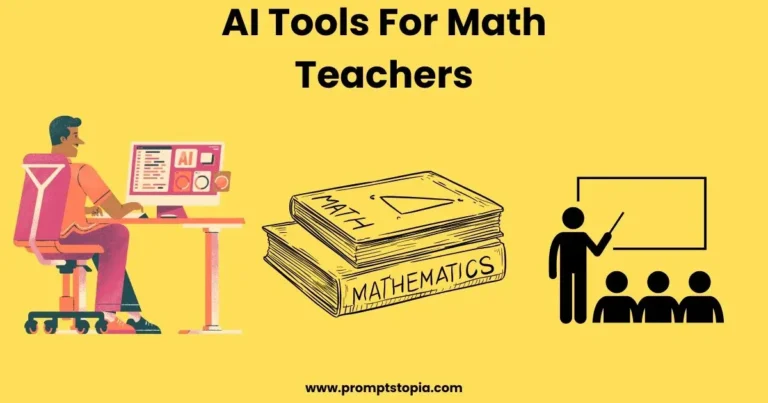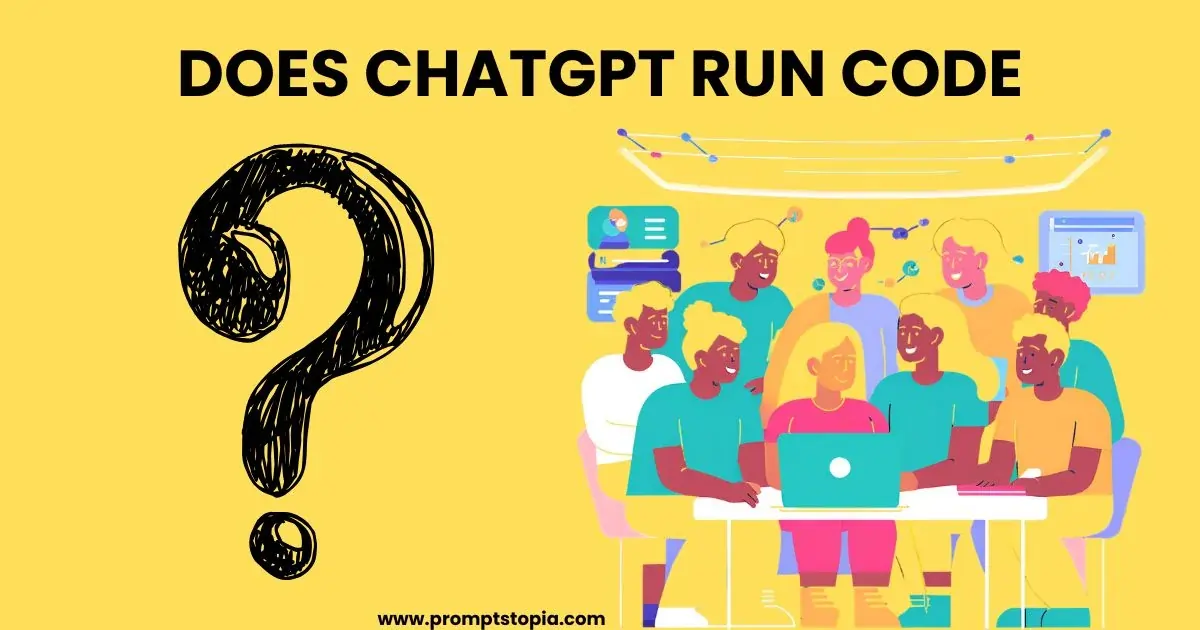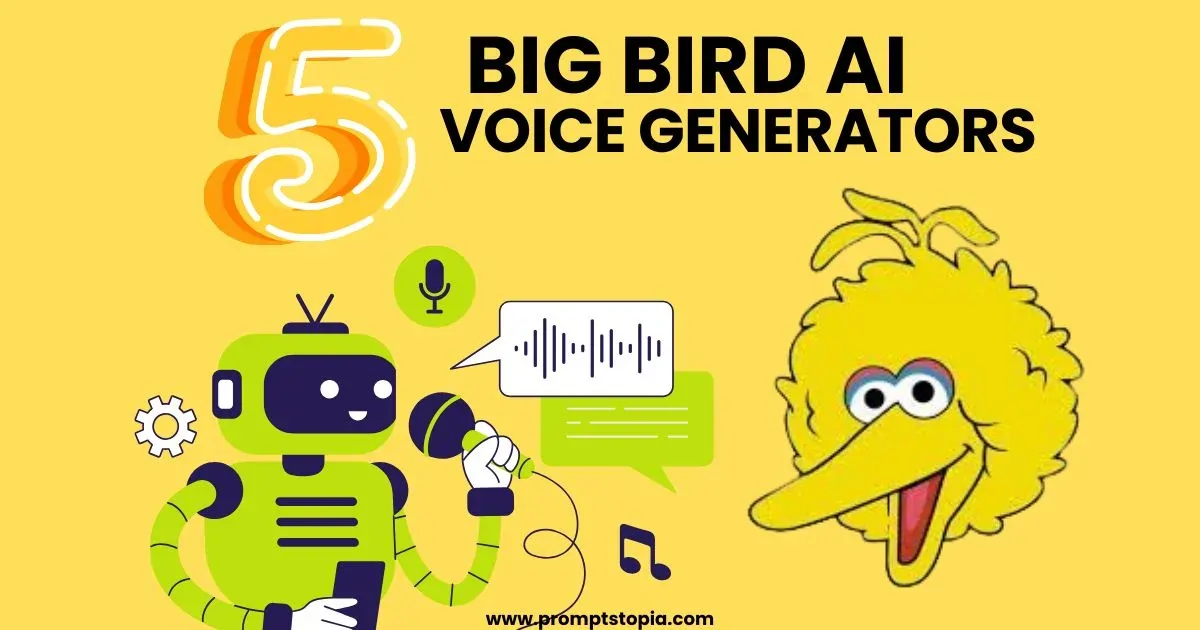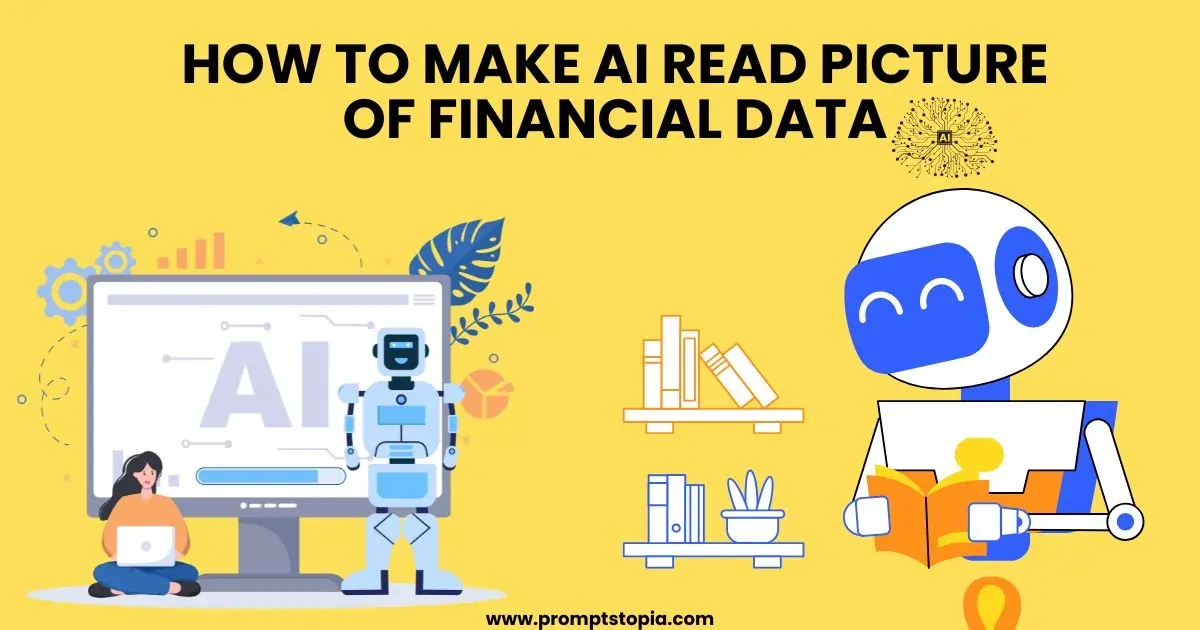Artificial intelligence is bringing about a revolution, changing the face of education with novel tools and techniques that make teaching far more efficient and personalized. AI technology is supportive of teachers in ways previously unimaginable, from virtual classrooms to automated grading. In math education specifically, AI has been proven to be the game-changer because it breaks down difficult concepts into easier ones and cuts through personalized learning paths for students.
This means less grunt work in grading and assessing and more time spent on helping students understand stuff they weren’t able to. AI tools for math teachers can instantly analyze students’ problem-solving approaches, suggest targeted exercises, and even provide visual aids that simplify abstract concepts. Imagine a class where each student receives the support the student most needs without adding hours to your day.
With such tools, it is also able to make progress in other fields, like making AI tools for financial advisors such that professionals can analyze data quickly and make precise recommendations. As you dig further, you will realize how these tools might change your strategies toward teaching math, not only to make it easier and more interactive.
Why Math Teachers Should Use AI Tools?
These are hard days for math teachers. Since there are always students at various levels in a classroom, it is very challenging to coach all of them. Some students understand new concepts quickly, while others require more time and a far more detailed explanation of the concepts themselves, so they can fully understand what is taught. Dealing with such mixed abilities requires extra hours, planning, and other resources that most instructors cannot afford, especially in crowded class sessions. That’s where the power assistant steps in—AI.
AI tools for Learning and development can adapt lessons according to the pace of every student. So, in large classrooms, it can be personalized learning too. For example, a tutoring tool with AI might determine that one student will do better with more practice of fractions, while another has it down and is ready for more challenging algebra. The tool can then allocate various practice exercises for each and allow a teacher to meet the students at exactly their points of learning.
Similar is the way AI-driven platforms in all walks of life, from free AI tools in digital marketing, allow technology to break big complexities into smaller, more efficient steps. That same result can be seen when AI tools are used to save math teachers time spent grading and planning lessons, freeing time to spend on meaningful interaction with students. It is that balance of personalization with time-saving opportunities that creates a classroom environment where students are made to feel supported and engaged.
Top AI Tools for Math Teachers
AI-Powered Tutoring Tools
AI tutoring tools supplement the math practice and explanations that are available; thus, it is a good supplement to those students in need of extra support.
Photomath
Features: Photomath can scan a math problem using your phone and provides step-by-step solutions. It will solve the problem and even try to explain the solution so that even students will find it easier to understand. Teachers can suggest Photomath encourage self-study by students so that these complex problems are available instantly without teacher consultation.
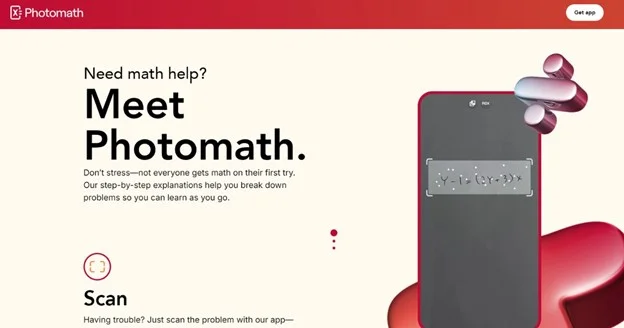
Symbolab
Features: Like Photomath, Symbolab is a solver of math problems but provides a step-by-step explanation. It has numerous topics, from elementary to calculus; therefore, one can support student learning at more than one level with this tool. To further ensure the mastery of the concept, Symbolab also has practice exercises for students.
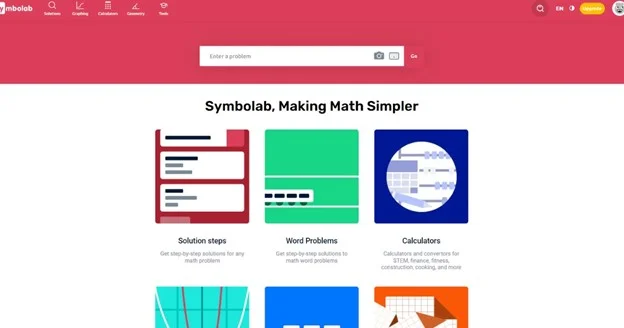
Assessment and Grading Tools:
It provides the right grading and assessing tool for teachers to give instant feedback to the students rapidly within the shortest time.
Gradescope
Features: Gradescope employs AI to speed up the grading process of mathematics assignments and exams. Rubrics created by teachers are applied automatically to student submissions in Gradescope. Gradescope also supports a range of question types, including handwritten responses—an important advantage for mathematics. Saving time on grades enables teachers to plan lessons better and interact more with their students.
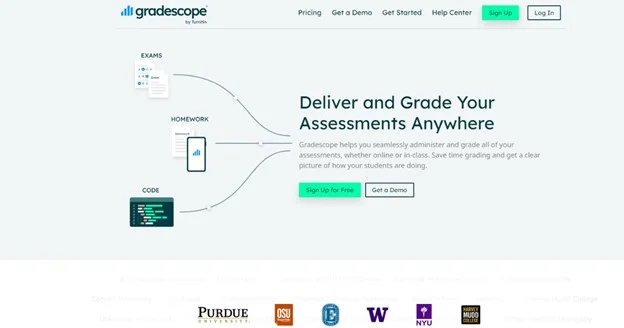
Mathway
Features: It can solve and check math problems so that teachers can have access to it to check it upon reviewing the answer coming from the students. This has topics about statistics, trigonometry, and many more. Conveniently, Mathway can solve almost all the various levels in math, proving useful for teachers who need to check the answers or provide students with opportunities to self-assess.
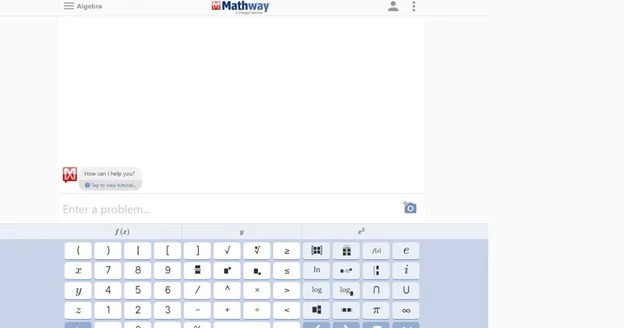
Learning Platforms That Adapt
Adaptive learning systems are perfect for mixed-ability classes. Since they may modify the level of difficulty of exercises according to each student’s performance.
DreamBox
Features: DreamBox adjusts the math lessons in real time to each student’s proven mastery. Instead of using procedure alone for the solution of math problems, DreamBox encourages exploring alternative solution paths, thus emphasizing conceptual understanding. Teachers may use the tool to create customized assignments and can report performance at the student level.
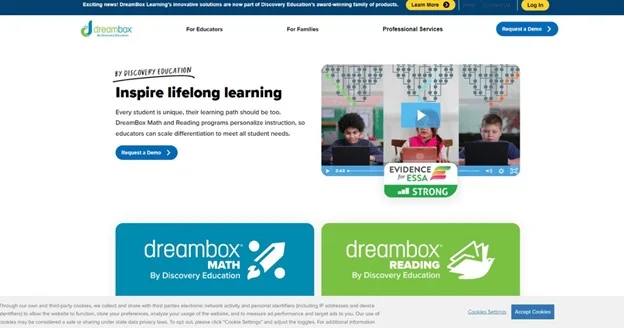
Future of AI in Math Teaching
This is one area where AI would really shine in math education. Trends like real-time analytics, predictive learning paths, and immersive, AI-driven simulations are taking the traditional classroom out of the ordinary. The better the tools get, the more AI-based systems will pop up to make math teaching far more responsive. And sharp in providing precise feedback that caters best to individual student needs. This is shown by examples of new AI tools for summarizing legal documents, and even financial advisors show the role of AI in any specialized field is expanding, including education. Teachers will, therefore, be able to capitalize on AI’s full capacity and make learning more engaging, interactive, and successful. These AI tools for math teachers are the future in the education sector.
Conclusion
AI makes math instructions better and fun. These tools save teachers’ time and allow pupils to learn challenging ideas at their comfort through personalized tutelage and graphics. As such, with such reductions in grading time and changes in the lesson plan to consider the varied needs of the learner. These tools have allowed teachers to focus on what matters most. Being close to the students and inspiring them to love mathematics.
Being a math teacher, it is an ideal time to explore AI tools for the math teachers and see how that works. Test them out now and watch your students learn in new ways!
FAQ’s
Teachers can then very creatively distribute the workload. In this process, create packs of math problems pertaining to students’ lives and interests. The AI system may be used to provide multiple explanations for math concepts and formulas. That are made according to the targeted audience or the competency level.
While AI models such as ChatGPT can do mathematical calculations very well. In most cases, they would not be as accurate or efficient as dedicated math software/hardware. In addition, the primary goal in developing ChatGPT is to generate human-like conversations that are often more than mere facts.
MathGPT is an AI model that helps students in mathematics by giving them a step-by-step guide.

